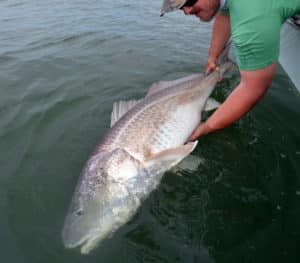The potential harvest of fish is only closely linked to abundance in 18 percent of 230 fish stocks assessed in a University of Washington-led study, according to Ray Hilborn, UW professor of aquatic and fishery sciences.
For the other 82 percent of stocks, potential harvest of fish was primarily controlled by irregular shifts in environmental conditions or was random and not controlled by either abundance or shifts in environmental regimes.
Yet targets based on abundance of fish stocks are the mainstay of most management plans in the U.S. and a growing number of other countries: If a stock reaches certain abundance, it is thought, then potential harvest is maximized.
The findings were published the week of Jan. 14 in the online early edition of the Proceedings of the National Academy of Sciences.
“There have been competing ideas about productivity,” Hilborn said. “One is that it depends primarily on abundance. The other is that productivity of a stock mostly depends on whether there’s a period of good conditions or a period of bad conditions.”
“What we’ve done in this study is take 230 fish stocks and ask which of these explanations explains the data for each fish stock better,” he said.
In contrast to the 18 percent of stocks where abundance controls productivity, there were 39 percent of stocks – more than two times as many – where productivity appears to jump between periods of high and low environmental regimes in an irregular fashion. Another 30 percent showed a weak relationship between productivity and abundance mixed in with irregular regime shifts. The remaining 13 percent fluctuated randomly.









